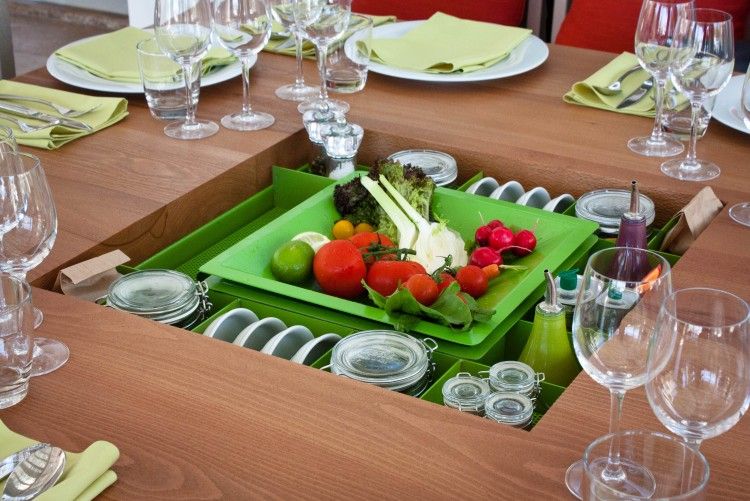
Photo Credit: Stefanie Payne
They say that all people in Greece are governed by religion and tradition. The third governor is food. Eating is thought to cure everything. You have a cold? You must eat. Having relationship trouble? Eat! You will have no strength for tears on an empty stomach. In short, food is love.

Photo Credit: Stefanie Payne
At traditional food establishments in Greece, tavernas, the vision of slow food is five-fold: eat foods from local producers; let the natural flavors of the foods sing louder than any spice; eat as much as you can; and take your time to enjoy every single bite. Then have another bite. Even during lent, the week before Easter, the fast includes a diet of fresh fruit and vegetables, legumes, pasta and bread—just no meat, dairy or seafood with backbones (clearing a nice spot for mountains of calamari on your pasta). Let’s agree that this is a fast that we all can enjoy.

Photo Courtesy of Sani Gourmet
To celebrate this culture of food, the Sani Resort in Halkidiki puts on an annual thematic gourmet food festival that provides an opportunity for modern chefs from across Greece to elevate their cuisine and present it to attendees during a series of events spanning ten days. The not-for-profit festival has become a recognizable venue where sophisticated travelers and locals with a serious interest in food and the culinary arts are welcomed to experience ambitious menus in a relaxed and approachable setting.

Photo Credit: Stefanie Payne
2013 brought the third installment of ‘New Greek Cuisine’—a perfect complement to the growing trend of slow food in the region. Participating chefs show on different days, and is given three days to feed different crowds. A sitting costs between €70-100 per person and for that you get Tsipouro (traditional liquor), a multi-course meal, dessert, wine, and all the time in the world to discuss the food and everything else. This type of experience would cost many hundreds of dollars per person at large cities around the United States and most parts of western Europe.

Photo Credit: Stefanie Payne
New Greek Cuisine is a departure from international focuses of previous years, involving the de- and re-construction of popular regional dishes using local ingredients produced within 100 miles of service. This platform creates an opportunity to leverage agricultural wealth—olives, tomato, herbs, pomegranate, strawberry, artichoke, wine grapes, honey—and apply a cerebral and enduring approach to boosting the recently troubled economy through culinary travel while preserving and celebrating the Greek way of life.

Photo Credit: Stefanie Payne
This food-centric way of life comes through in the food. In every dish, the chef is looking for a sense of home—for the smell, taste, look, feel and flavors passed down through their families and communities for generations. And so with every meal, you are engrossed with a sense of tradition. It is the genetic code of cooking.

Photo Courtesy of Akroyiali Restaurant
This is why it is not so hard to imagine that you can fly thousands of miles to a place that brings you right back home; to a table where you can linger as long as you’d like, to eat as slowly as you desire. This is the way of all Greek cuisine, new and old, everywhere in the region. Domitrios, manager of the famed Akroyiali Restaurant in nearby Olympiada says, “sit for ten hours to eat a tomato if you’d like—eat, read, discuss, enjoy, watch the view. I will never be dusting crumbs off your table.” The same goes at the Sani Gourmet Food Festival in Halkidiki; but here, it’s a fast approach to slow food.









